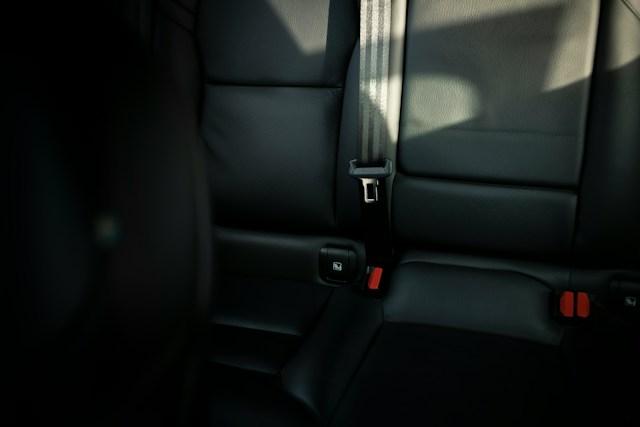As an expectant or new parent, your primary focus is undoubtedly your child’s safety. This concern is probably why you’ve spent numerous hours browsing various blogs and websites to find the ideal car seat. Your considerations likely include the perfect model, safety attributes, front/rear-facing options, and more. Contrary to what you might think, the most crucial factor isn’t tied to specifications or brands. Instead, it’s about the correct usage of the car seat.
Choose a Car Seat That Has Been Tested and Certified
Two separate regulations, ECE R44 and UNR 129-Size, can be used to evaluate and certify car seats. It’s essential for parents to pick a car seat that complies with one of these standards. Car seats that meet the ECE R44 standard have been subjected to tests involving both forward and rear-facing crashes, whereas those approved under UNR 129 have also undergone side impact testing. A child car seat that is in line with UNR 129 has fulfilled the most up-to-date, strictest criteria.
Convertible Car Seats with Rotation Feature
Rotational convertible Diono car seats offer all the standard features of a convertible car seat. It has an added benefit: a 360-degree rotation. This feature facilitates a comfortable and optimal experience when putting your child in the seat or taking them out. Suitable for infants and toddlers in a rear-facing position, this seat can simply be rotated to a forward-facing position as your child grows and meets height or weight stipulations.
Understand Weight and Age Minimum Requirements
Most booster seats require a minimum weight of 30 pounds for use in highback mode and at least 40 pounds for backless boosters. Additionally, many stipulate a minimum age requirement of three years.
Nevertheless, despite these permissible lower limits, avoid transitioning your child to a booster seat until they have outgrown the height or weight constraints of the forward-facing five-point-harness system in their existing car seat (which often accommodates up to 65 pounds).
This information is typically accessible on the seat itself or within the owner’s manual. Ensuring your child is developmentally prepared to sit upright and maintain proper belt positioning throughout a car trip is also crucial.
Quality Boosters will Correctly Place the Seat Belt
Booster seats use a car’s seat belt to secure a child, hence the most effective booster is one that correctly aligns the belt on the child. Consumer Reports suggests using highback boosters for daily use as they usually position the shoulder belt more appropriately on a child, offer some protection against side-impacts, and provide a more comfy spot for children to rest their heads.
Avoid hastily removing the back of your highback booster. Backless boosters are better suited as an additional booster seat for carpooling or travel purposes. If your car seat lacks head restraints or has a low seatback, a highback booster might be required to provide head support.
Sleep Mode
Should your child frequently fall asleep during car journeys, it’s essential that their car seat is equipped with a sleep mode. This function lets you adjust the car seat to a reclining position, enabling your child to lean back and have a more comfortable slumber. Additionally, such a position ensures proper head support. Remember, when using car seats with a sleep mode, consider extra leg room as the legs tend to protrude a bit more in this position.
Endnote
Keep in mind that the safest car seat is one that is correctly installed and used consistently every time you or anyone else takes your baby on a car journey.

